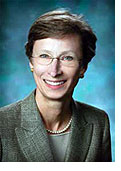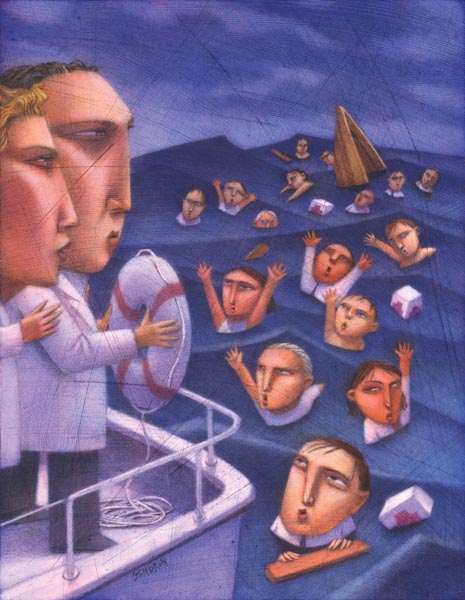 By Karen Haller, PhD, RN
By Karen Haller, PhD, RN
VP of Nursing and Patient Care Services,
Johns Hopkins Hospital
Nurses are taking on a new role—patient safety officer—designed to bring recognition and leadership to the evolving safety programs in hospitals. Hopkins is no exception, where Lori Paine, MS, RN, and Susan E. Will, MS, RN, have each taken on the job.
Medical mishaps are a pervasive problem in complex health care environments, like ours at Hopkins. In 2000, the Institute of Medicine reported that between 44,000 and 98,000 people die every year in U.S. hospitals because of medical errors.
Maintaining high-quality care is a constant challenge. Patients arrive with disease that is complicated, may be critical, or even rare and unusual. The pace of work can get hectic, and at times, confusing. If you are a nurse, and you practice long enough, sooner or later you will make an error.
There is a growing body of knowledge about how to reduce risks and ensure safety. Individuals do make errors, but most adverse patient events have multiple causes. Usually there is a string of failures in a number of different systems. The checks and balances in the system were flawed.
Patient safety theory holds that we can change the systems under which people work, and reduce the risk of harm to patients. Most errors involve breakdown in multiple systems. For example, the intern writes an order that is incomplete; the pharmacy fills it in error; and the nurse administers the wrong drug or dose to the patient. There was a hole in each of three systems—ordering, dispensing, and administering. When the holes line up, the original error travels through the systems and reaches the patient. This is known as the “swiss cheese model” of accident causation.
Registered nurses have been called the “primary sentinels” of patient care, providing the first warning and rapid intervention for those too sick to help themselves. We are also the people who can leverage our positions at the bedside to make known how we fear the next patient might be harmed, and work with the new patient safety officers to fix the system.
 Magazine Staff
Magazine Staff Healthcare in 2015
Healthcare in 2015 Welcome to Associate Dean Griffin
Welcome to Associate Dean Griffin Diversity Matters: Diana Baptiste
Diversity Matters: Diana Baptiste







